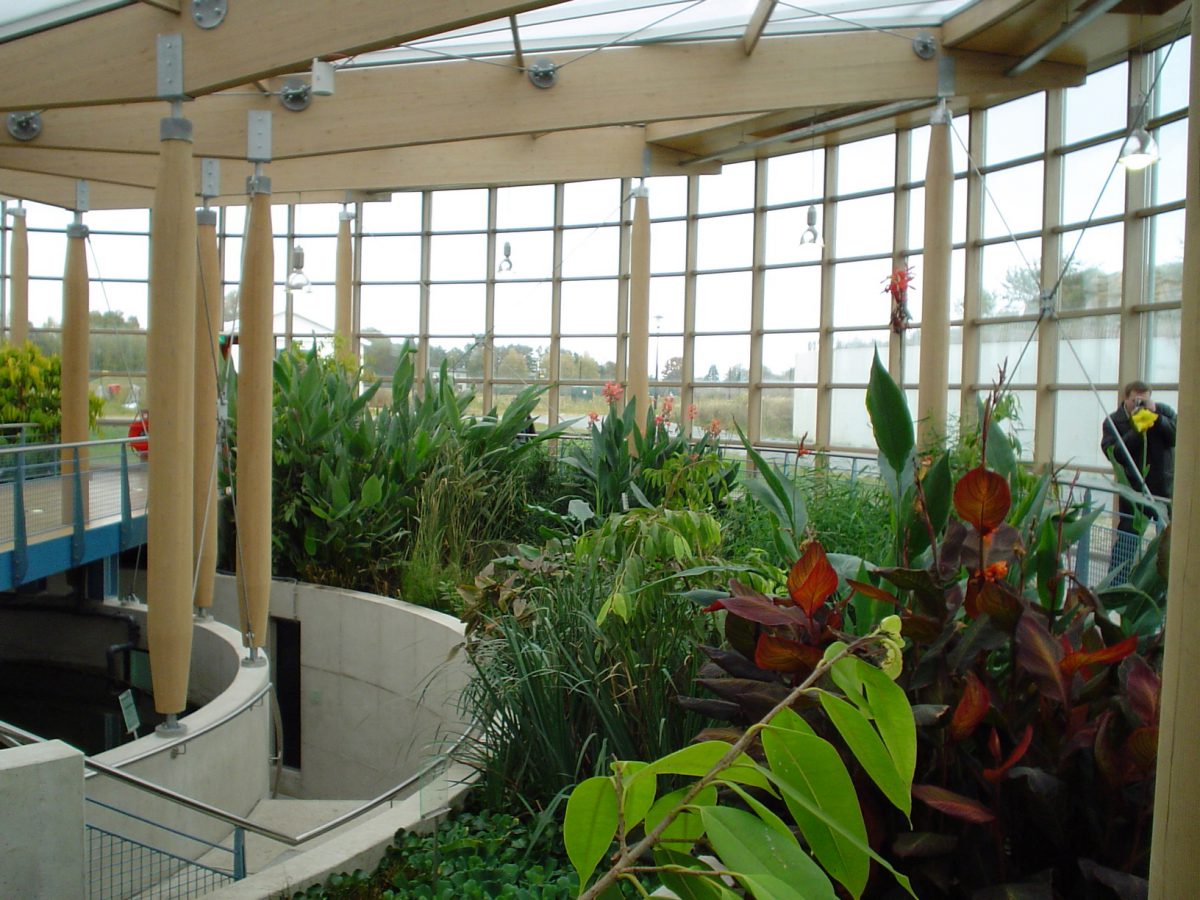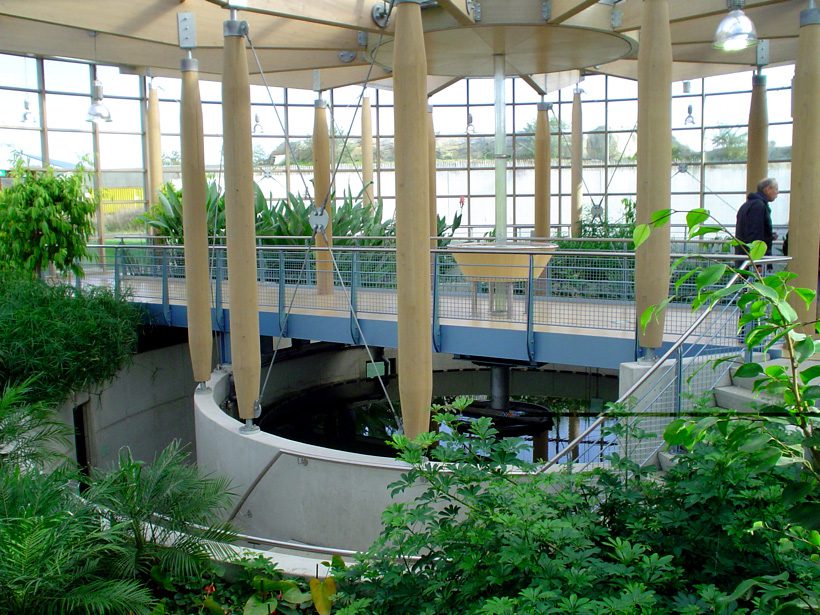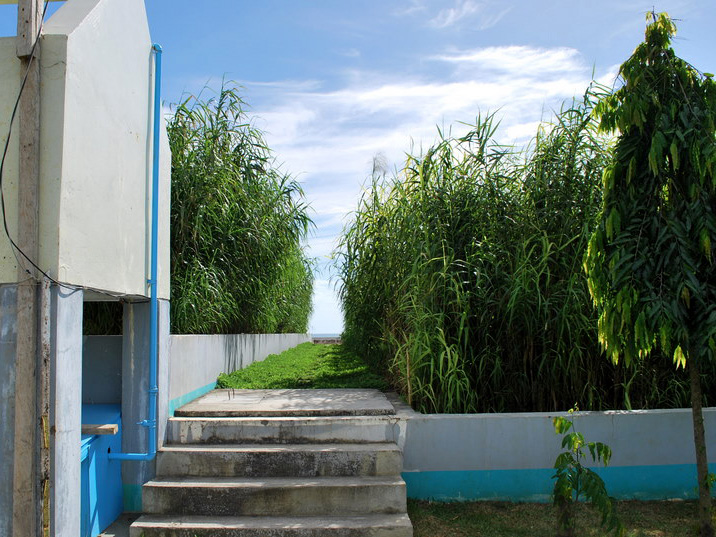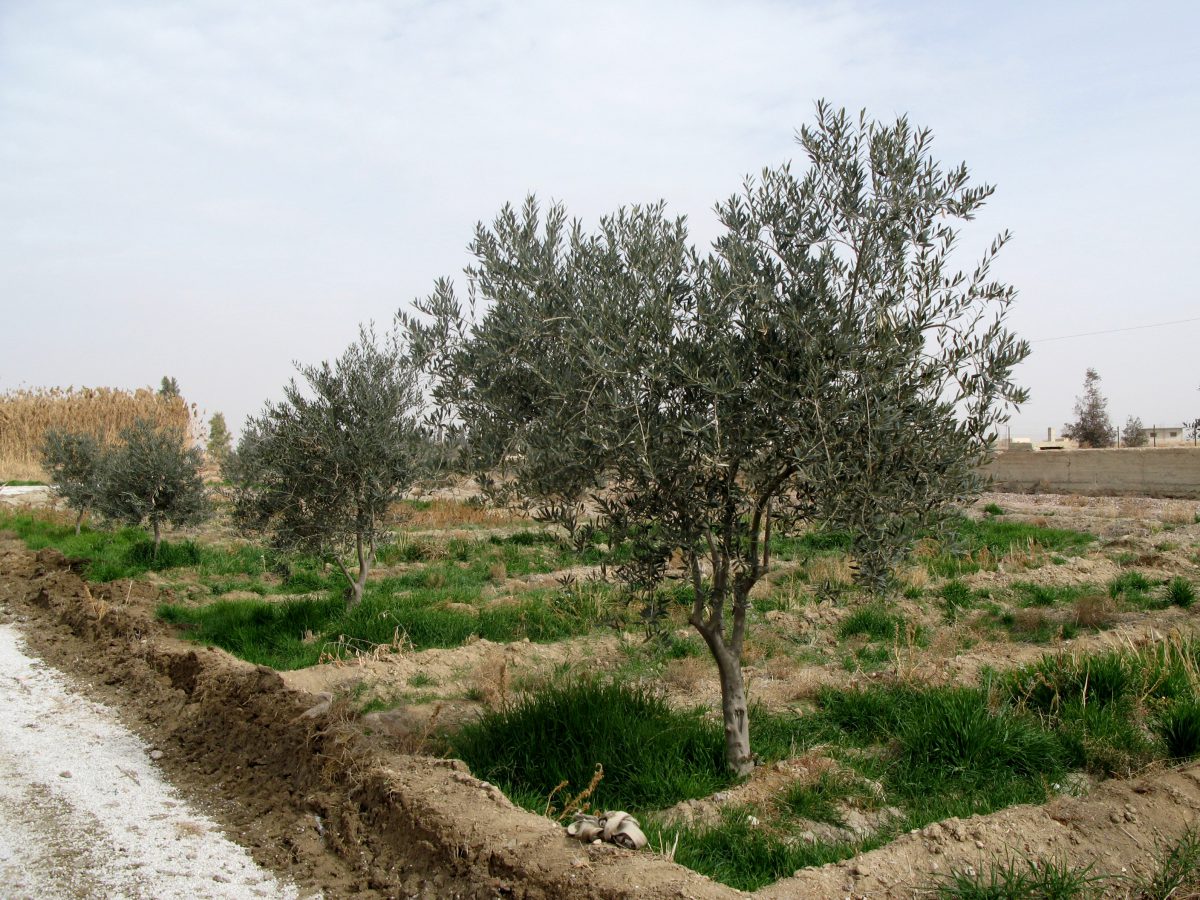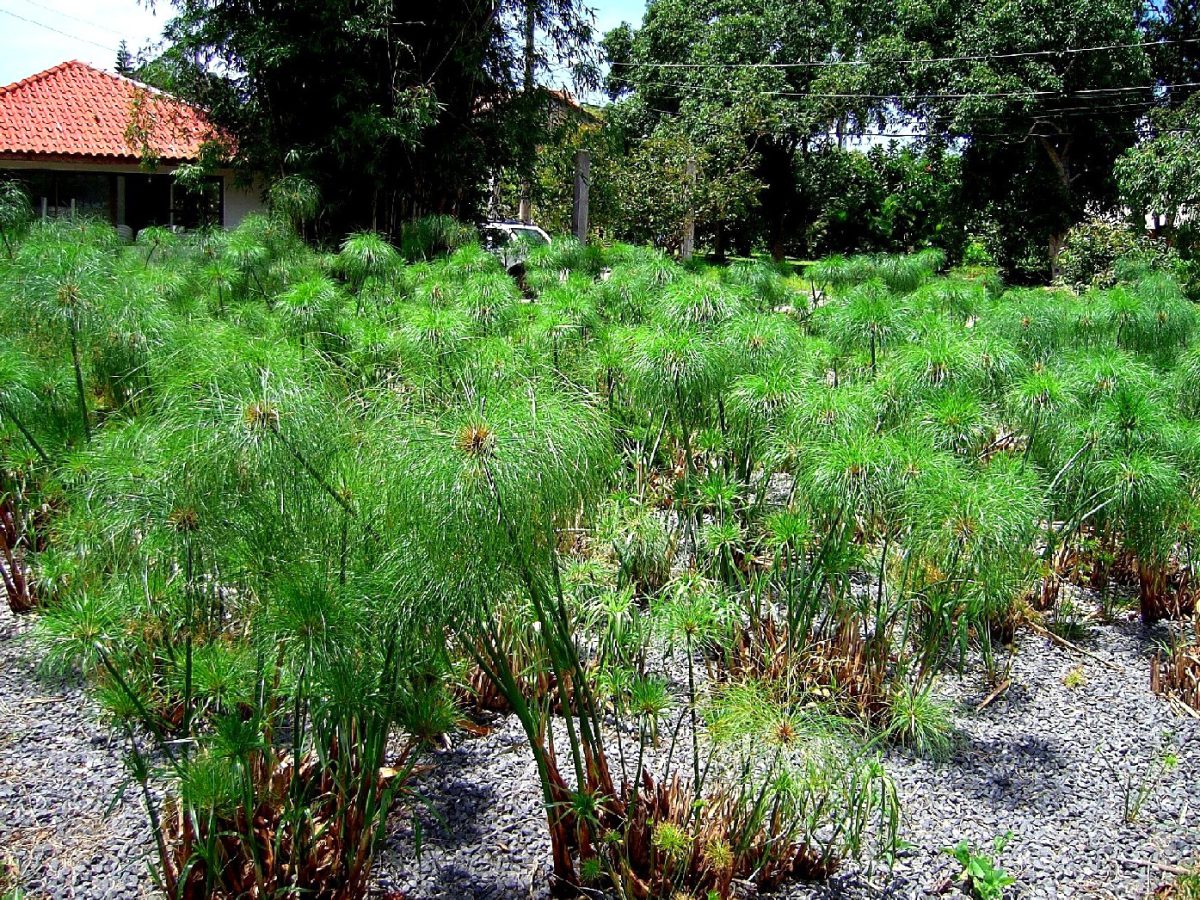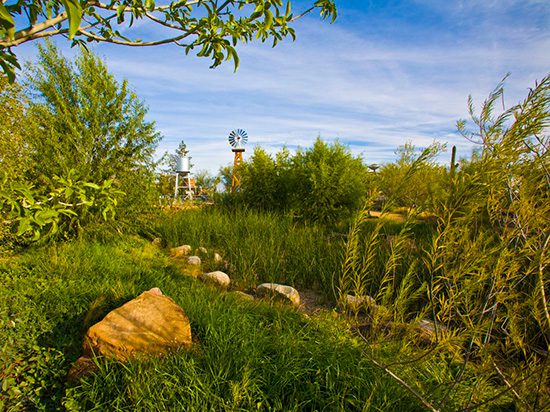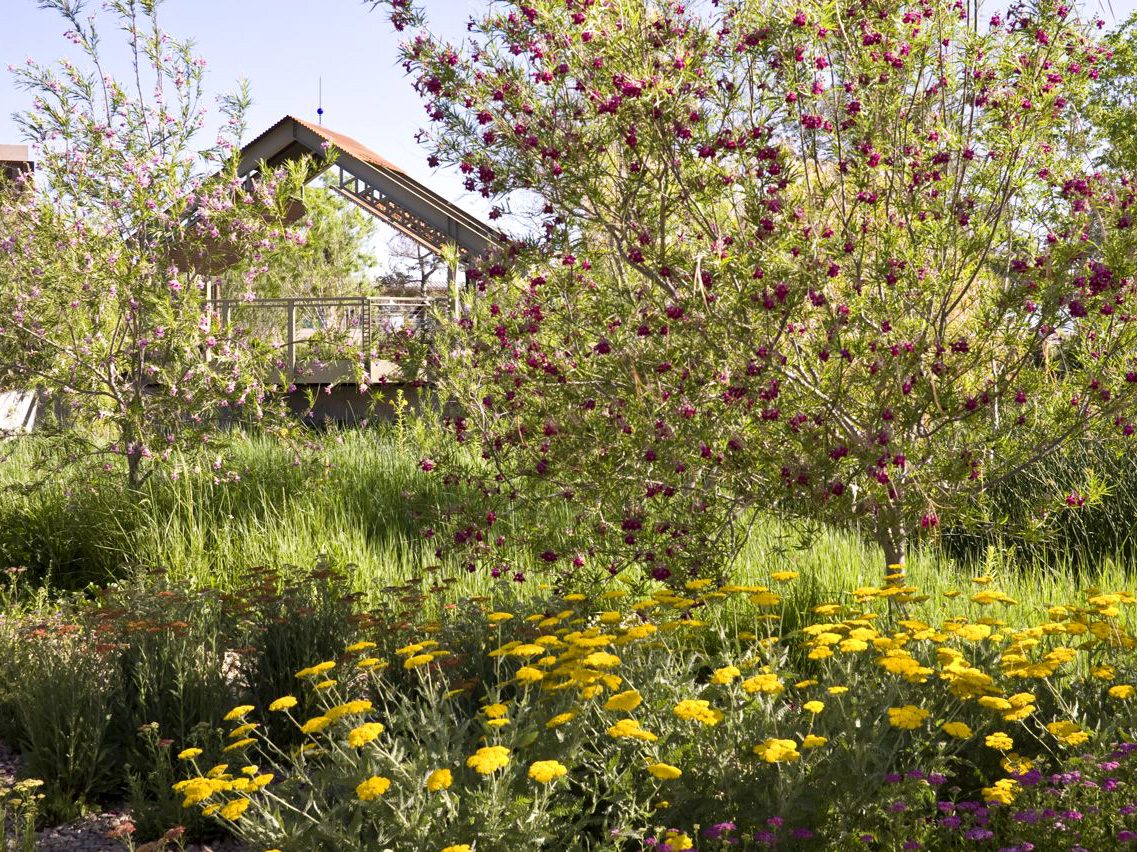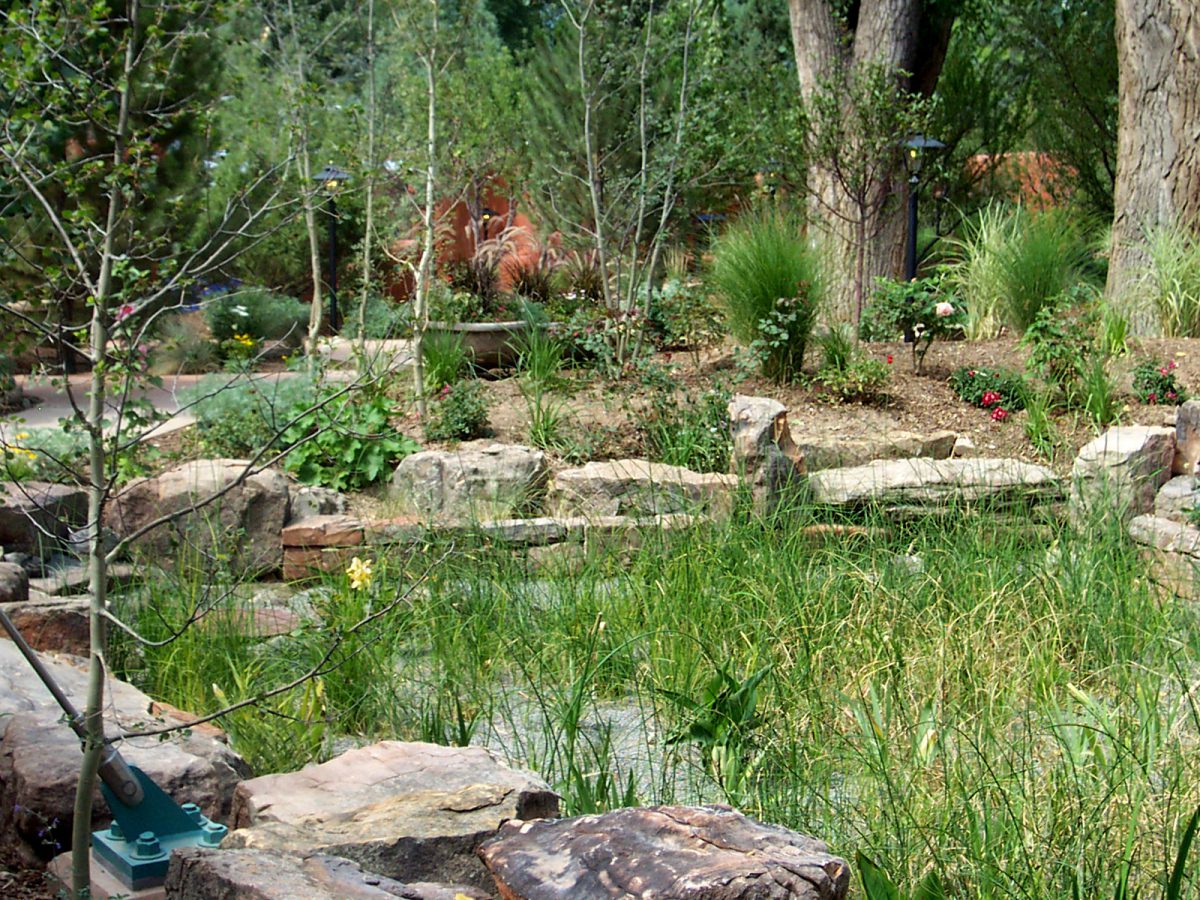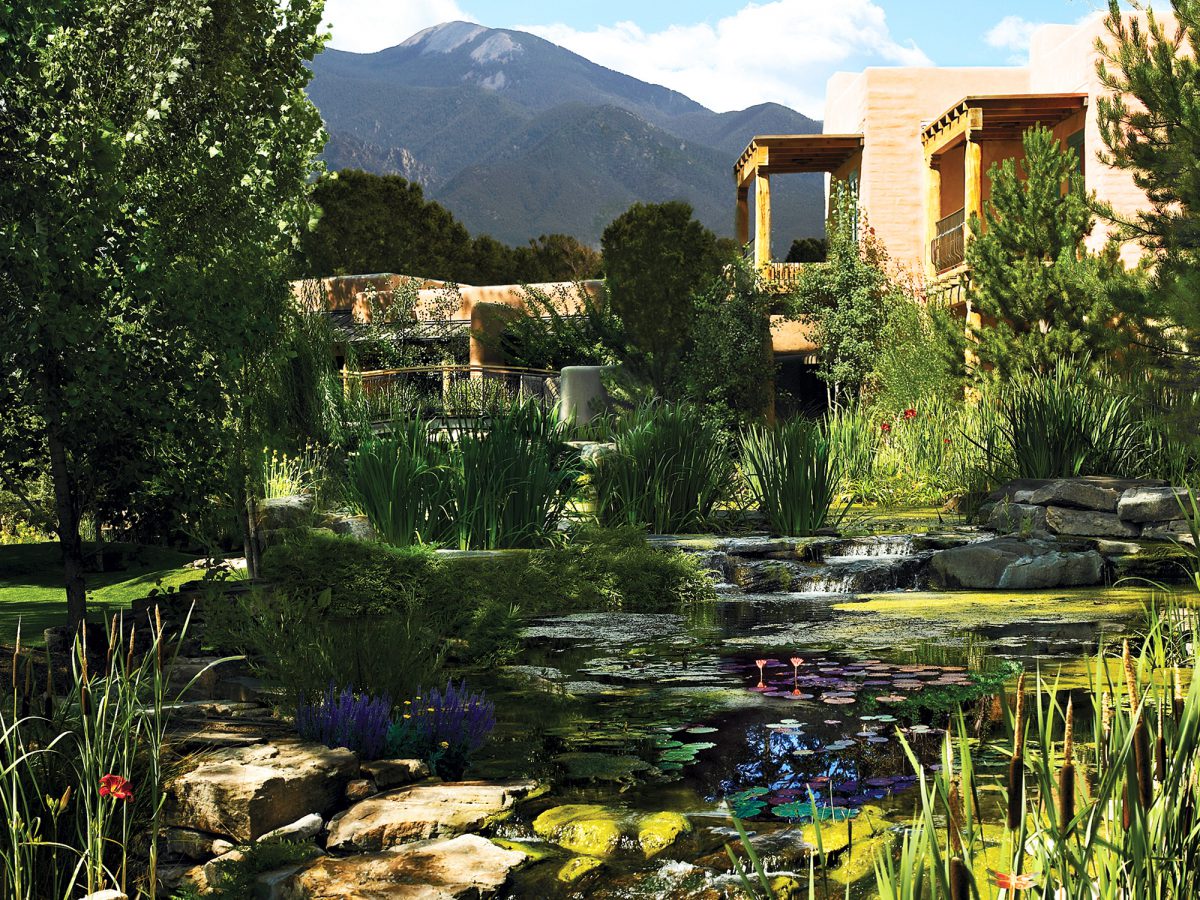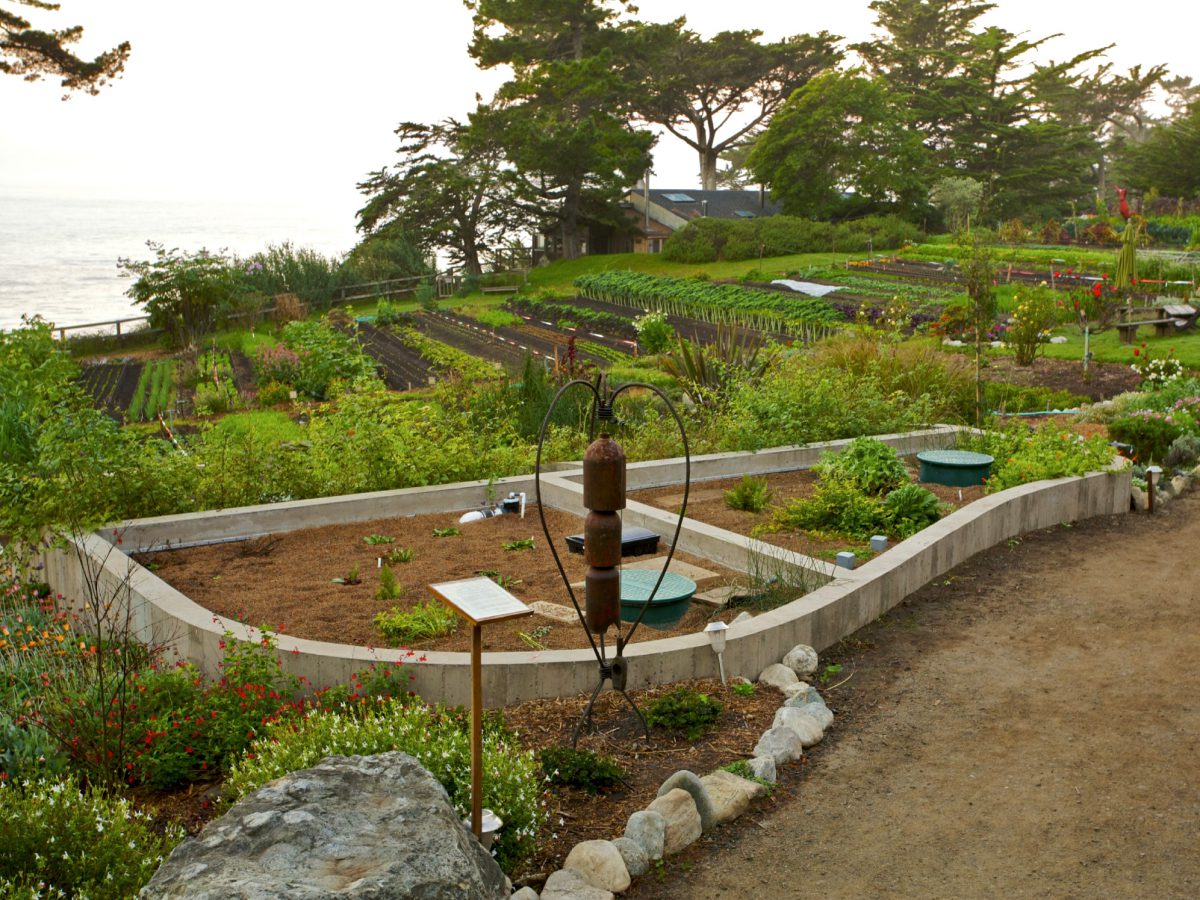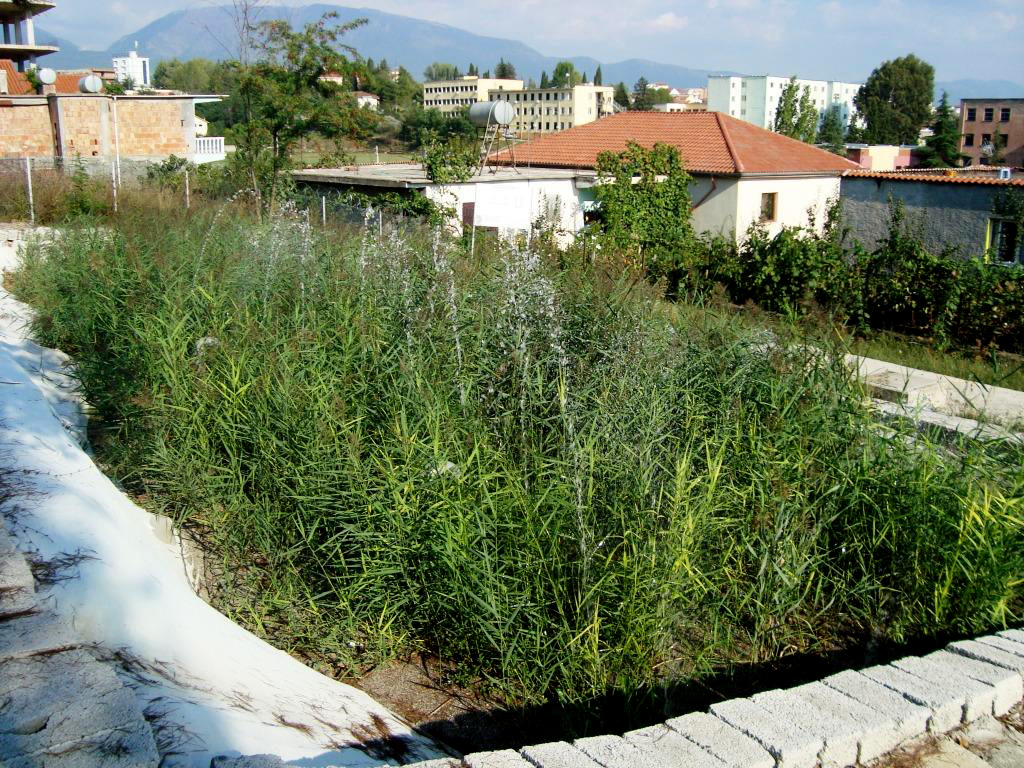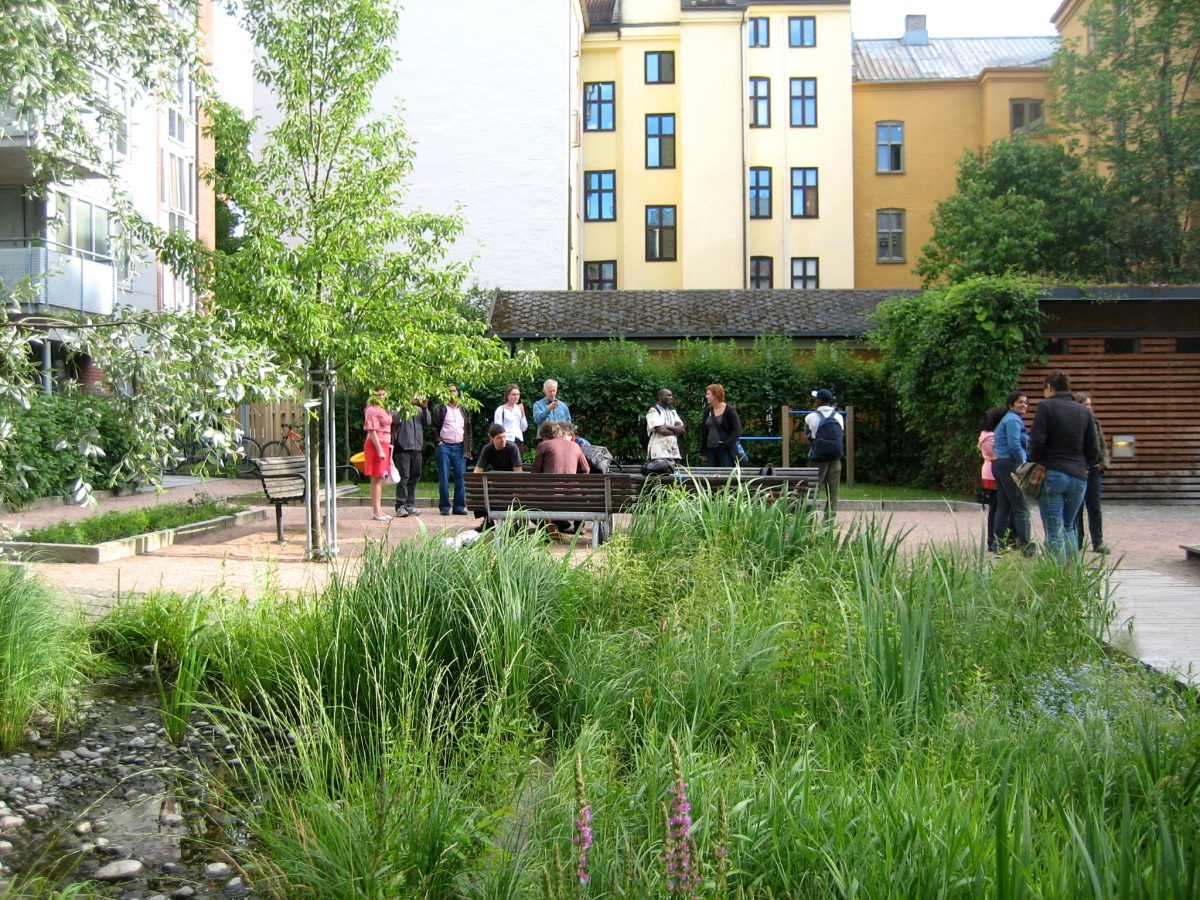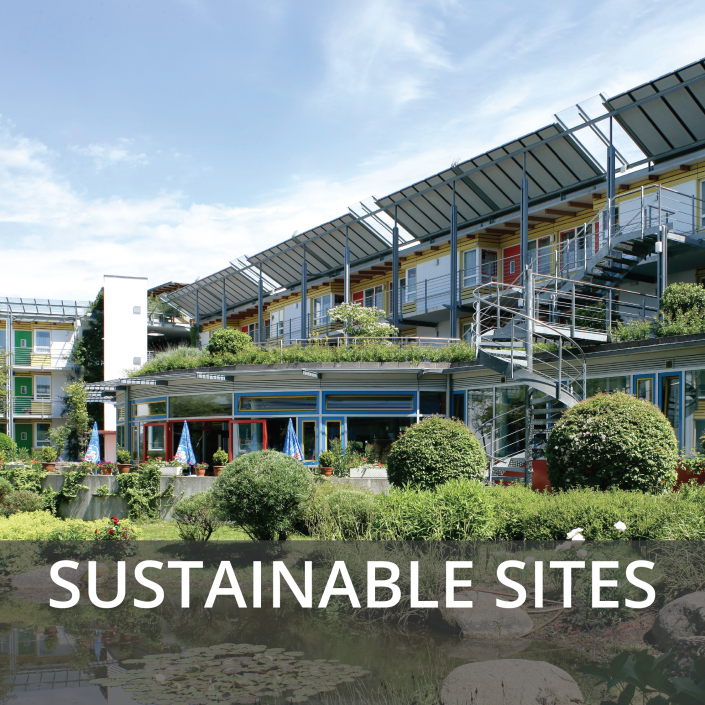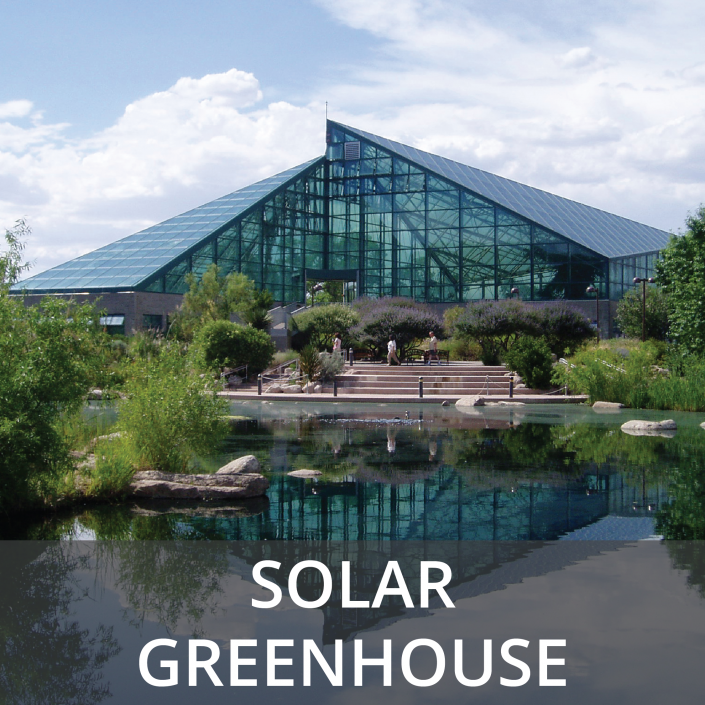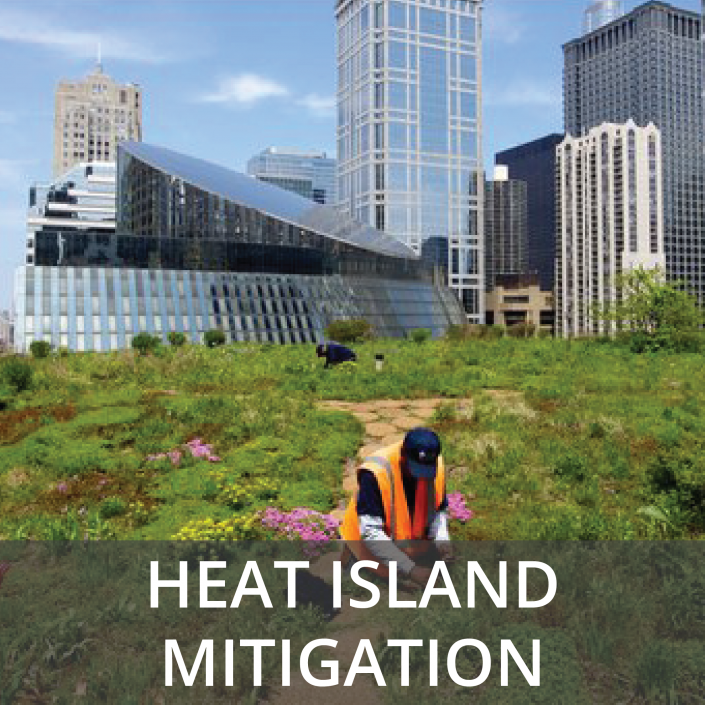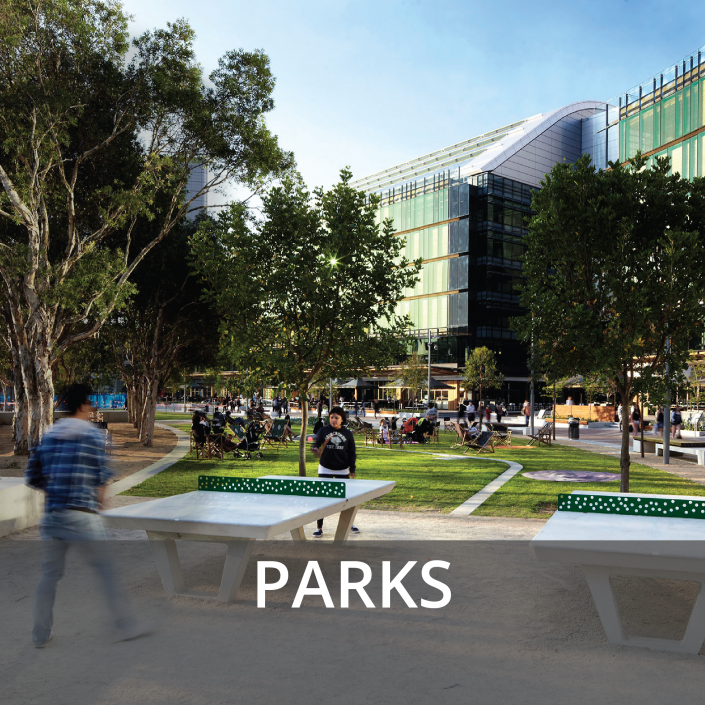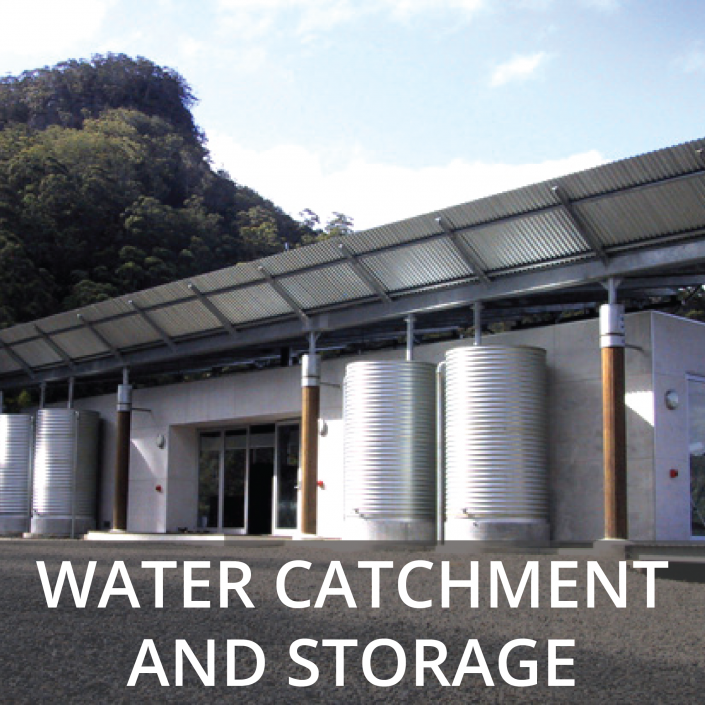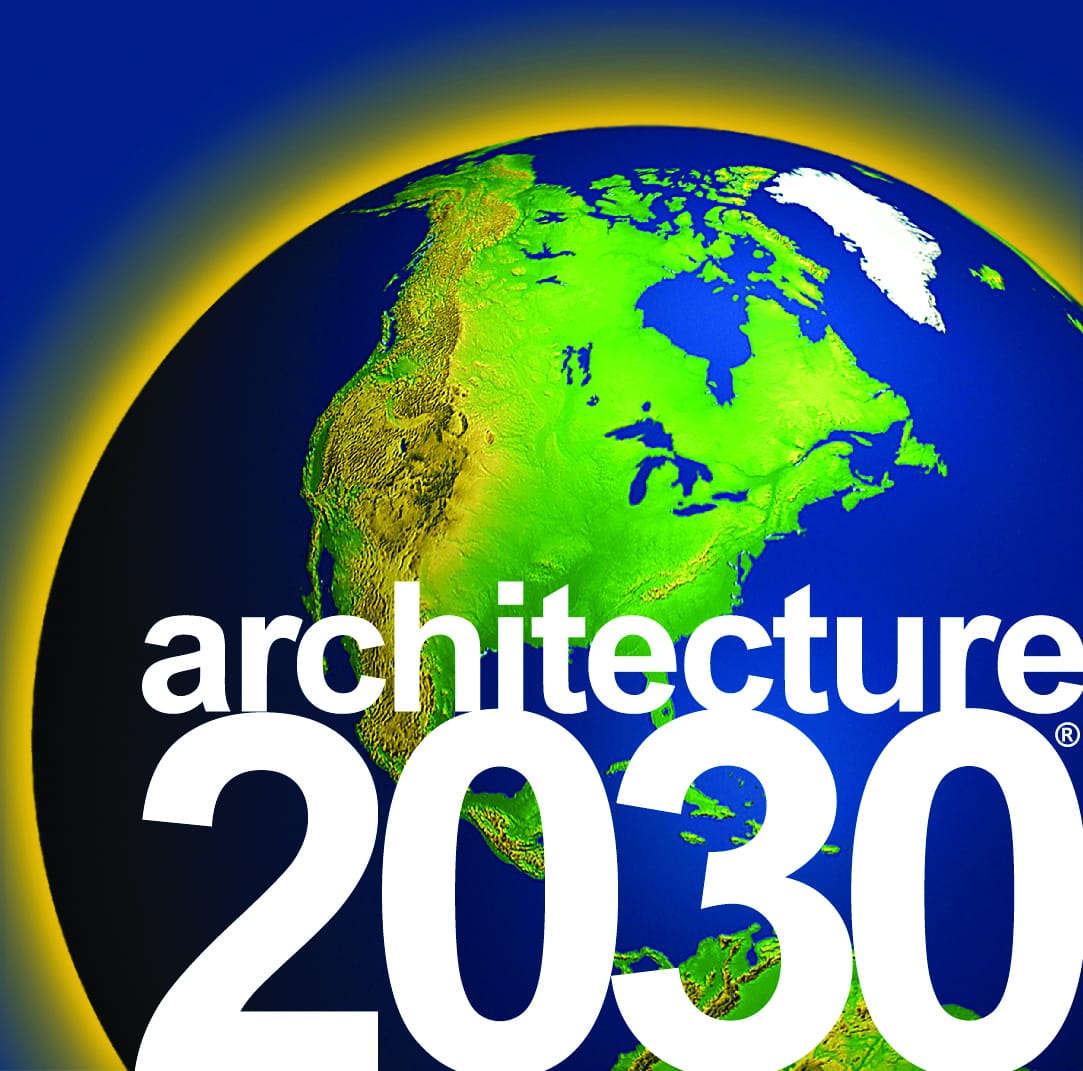Constructed wetlands use plants, soils and associated microorganisms to treat wastewater, improve water quality and create wildlife habitat.
Constructed wetlands fall into two categories: 1) Subsurface Flow moves wastewater below the surface of a lined basin filled with sand or gravel and planted with vegetation, and 2) Free Water Surface moves wastewater above the soil in a marsh or swamp lined and planted basin.
Configuration guidelines:
Subsurface Flow System
- 1:1 – 1:2 length to width
- 0.5 – 0.6 m (1.6 – 2 ft) depth
Free Water Surface System
- 3:1 to 5:1 length to width
- 0.6 – 0.9 m (2 – 3 ft) emergent plants
- 1.2 – 1.5 m (4 – 5 ft) floating plants
Wetlands average .05 to 0.1 m2 (½ to 1 ft2) of surface area per gallon of water treated per day, and vary from small on-site applications for septic systems to large municipal facilities. Plant selection is based on aesthetics, hardiness and climate.

